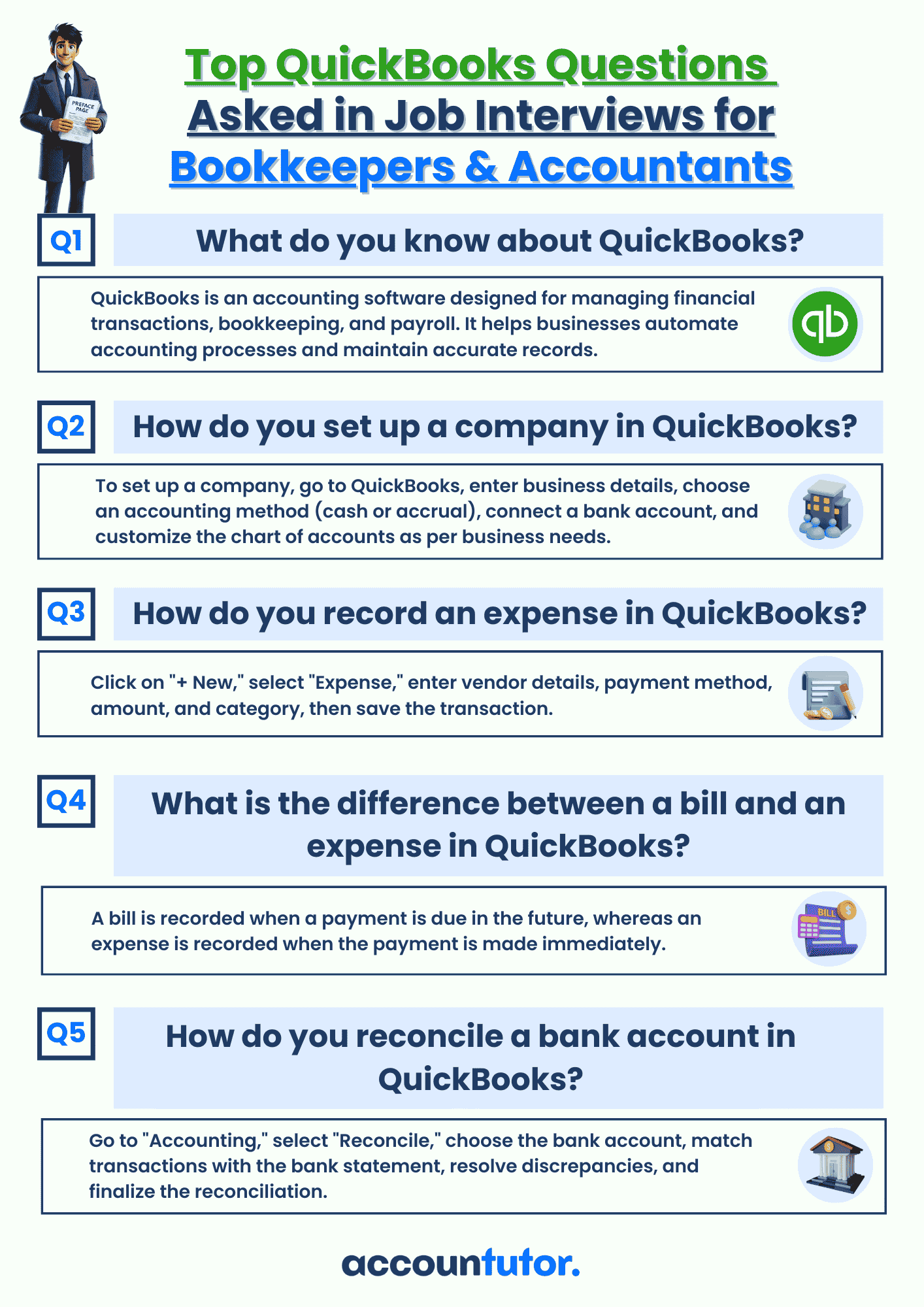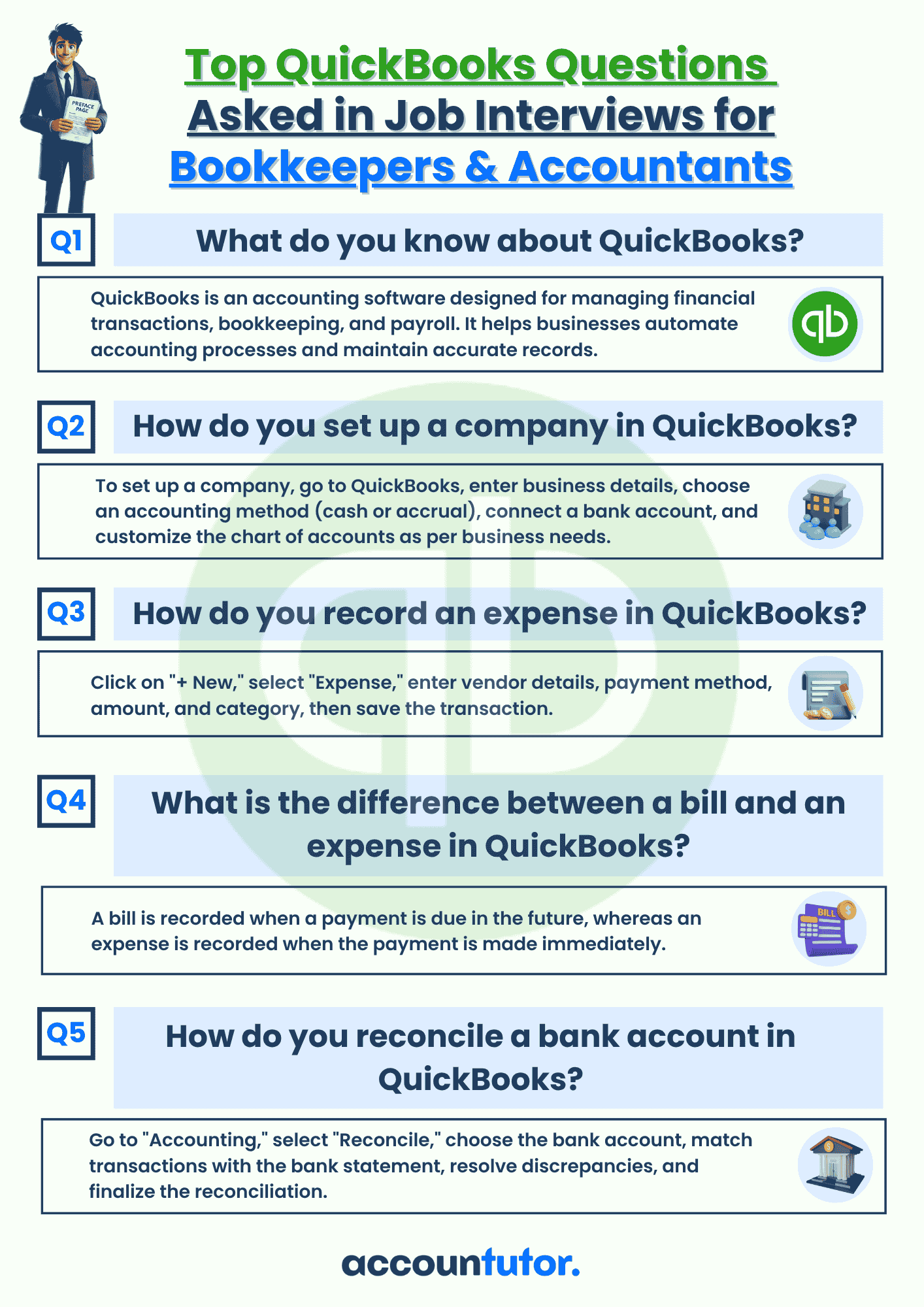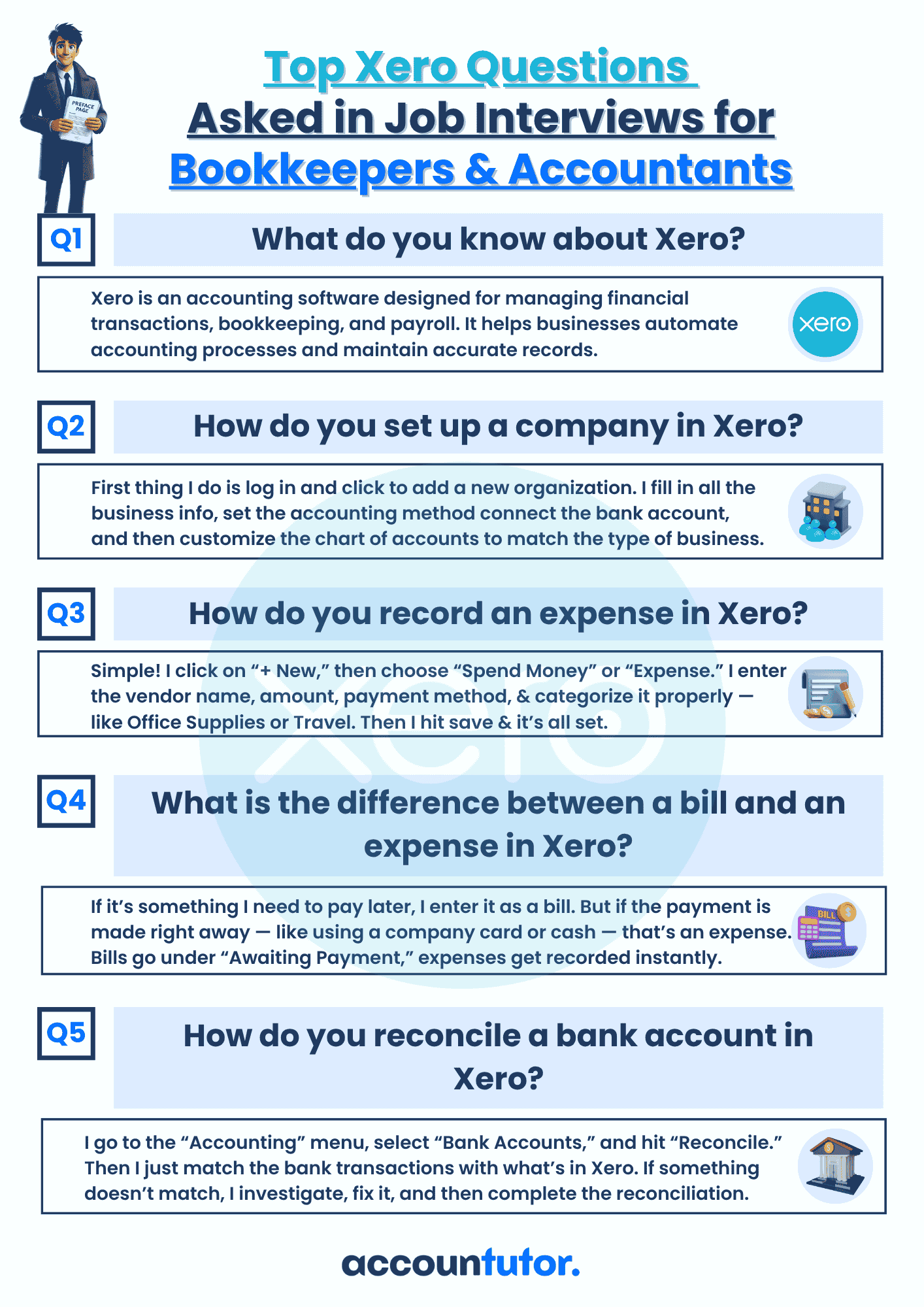Partnership & LLC Bookkeeping
-
What Makes It Different?
-
Key Bookkeeping Tasks for Partnerships & LLCs
-
A Simple Example
Partnership & LLC Bookkeeping
“Partnership and LLC bookkeeping involves tracking income, expenses, and equity for multiple owners, along with handling profit-sharing and contributions accurately.”
Let’s break this down and understand how to manage bookkeeping for these structures.
1. What
Makes It Different?
In a partnership or multi-member LLC, you're not just managing money—you're also managing relationships. Each partner or member may invest different amounts into the business, and profits and losses are typically shared based on agreed-upon percentages. To keep everything fair and transparent, each owner has a separate capital account in the books. It’s important to clearly record all contributions, withdrawals, and the allocation of profits to the respective partners. Unlike sole proprietorships, these types of businesses usually operate under a partnership agreement or LLC operating agreement, which outlines how profits, losses, and responsibilities are divided among the owners.
2. Key Bookkeeping Tasks for Sole Proprietors
3. A Simple Example
Key
Takeaways
✅ Contributions, drawings, and profit shares must be recorded clearly
✅ Profit/loss allocations follow the agreed percentages in the business agreement
✅ Transparency in bookkeeping builds trust and avoids partner disputes
✅ LLC and partnership bookkeeping must reflect shared ownership properly
Access all Accounting and Bookkeeping Courses from One Portal.
Mastering Bookkeeping and Accounting
QuickBooks Online For Bookkeepers
Xero Accounting For Bookkeepers
ChatGpt for Bookkeepers and Accountants
Subscribe to our newsletter
Policy Pages





Register for this webinar: How to Master QuickBooks Online— Without Feeling Overwhelmed





